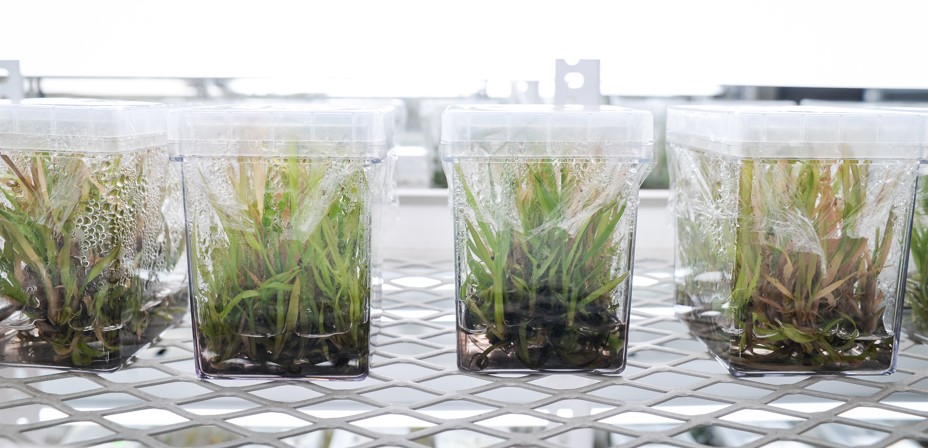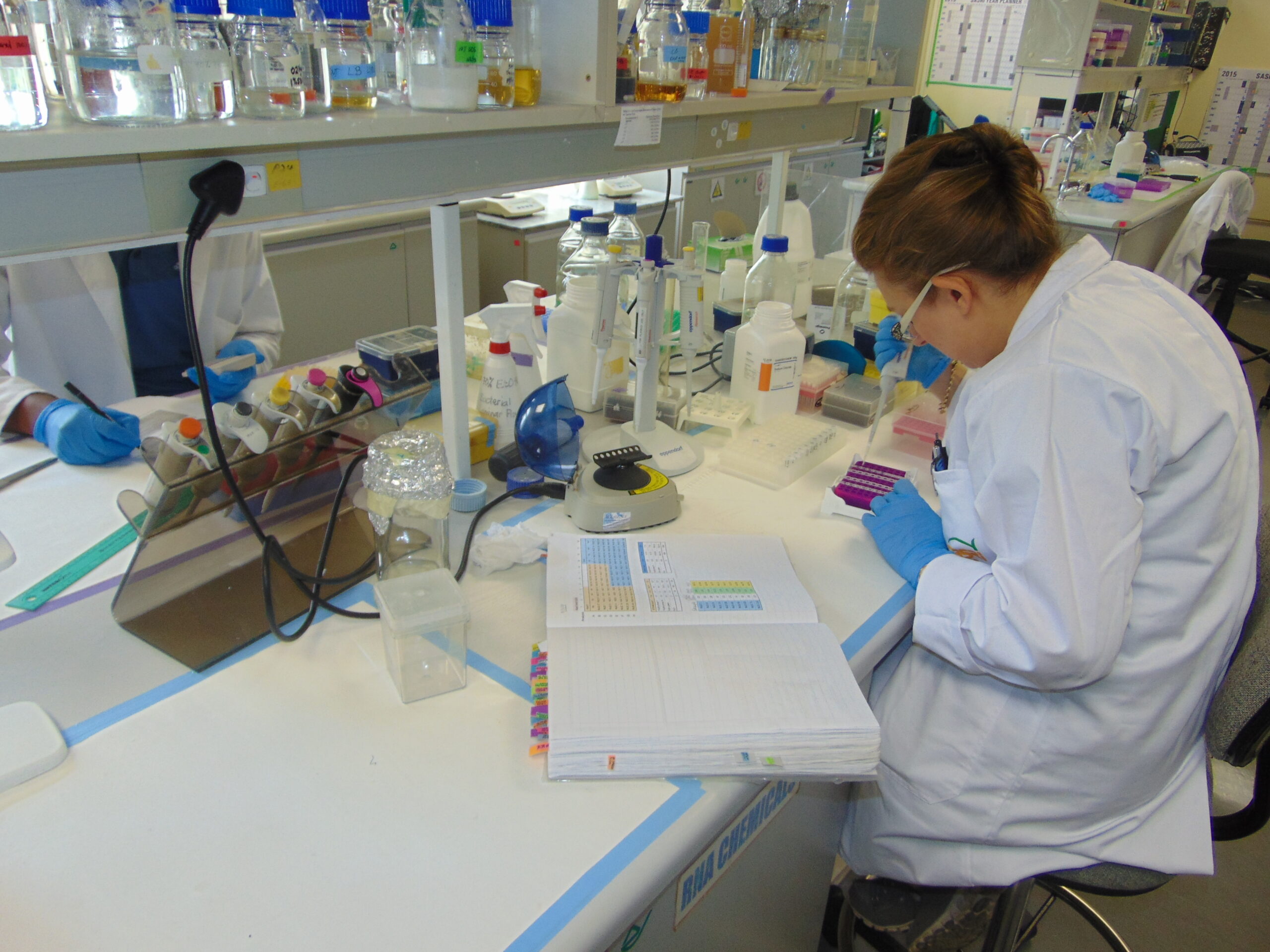SASRI is working on developing genetically modified (GM) sugarcane that can tolerate the herbicide imazapyr and resist insects, particularly the stalk-boring eldana. Finding GM sugarcane with the right traits is challenging – out of 700 plants tested from 95 experiments, only 4% meet the criteria we are looking for. However, everything is on track to release the first GM sugarcane to the South African sugar industry by 2032.
Modern biotechnological methods are used to insert specific genes into the sugarcane’s DNA. Selected sugarcane varieties are chosen based on their response to tissue culture. Once transformed with the genes of interest and these plants reach 5-8 cm in height, we begin our analysis. First, we test for the presence of the herbicide tolerance gene. Analysis by PCR indicates that about 70% of the plants contain the gene. Next, we establish that those plants are also able to produce insect resistance proteins.
The number of GM insertion events is then measured, and only plants with a low number of gene copies are chosen for further analysis. Ten months after gene insertion, the number of remaining plants drops significantly (to about 14% of original plants), and there are still two more lab tests to go. We cut off the roots and only herbicide tolerant plants can regrow in a medium containing imazapyr. These plants will then progress to the final test. Here, in test tubes, we expose clones of promising plants to second-stage eldana larvae. After five days, plants are deemed eldana resistant when there is no evidence of feeding by the hungry larvae.
Only 4% of the initial GM plants produced make it through the lab screening and progress into pot trials. Three years after gene insertion, we can evaluate the plant’s resistance to eldana under conditions that mimic real field conditions. It will take another year, along with more molecular tests, to get regulatory approval to release one or two of these GM plants to the sugar industry.


